Interview Conquerer
A VR video game designed to help people who have interview phobia overcome the fear through immersive environment and interactions.
Type: Peer Project
My Contribution: Frame problem/Sketches/Ideation/Coding
Skills: Problem Framing, VR Prototyping, 3D Interaction Design
Tools: A-Frame/HTML/JaveScript
Timeline: Dec/07/2020 - Dec/13/2020


OVERVIEW
This project is a 1-week peer project that focused on VR prototyping. We created a 3-D environment and interactions for users to immerse themselves into a job interview scenario to help them practice the interview process and overcome the fear of interviewing. This design idea aims to help users perform better in real-world interview cases through virtual practices.
My contributions to this project were: sketches for ideation; HTML and Javascript coding.
Design Process
PROBLEM FINDING
People fear interviewing, especially with a purpose for seeking jobs. Job interview phobia is prevalent, and 73% of job seekers said that looking for a new job is one of the most stressful things in life, according to MIT surveys. The primary source of interview phobia is the 'unknown' and 'unexpected.'
TOOL SELECTION
We tested out a series of popular VR prototyping tools and finally chose A-Frame to make our prototype. A-frame is a handy VR tool powered by HTML and Javascript. It is easy to get hands-on and has high compatibility with 3-D model resource platforms, such as Google Poly.
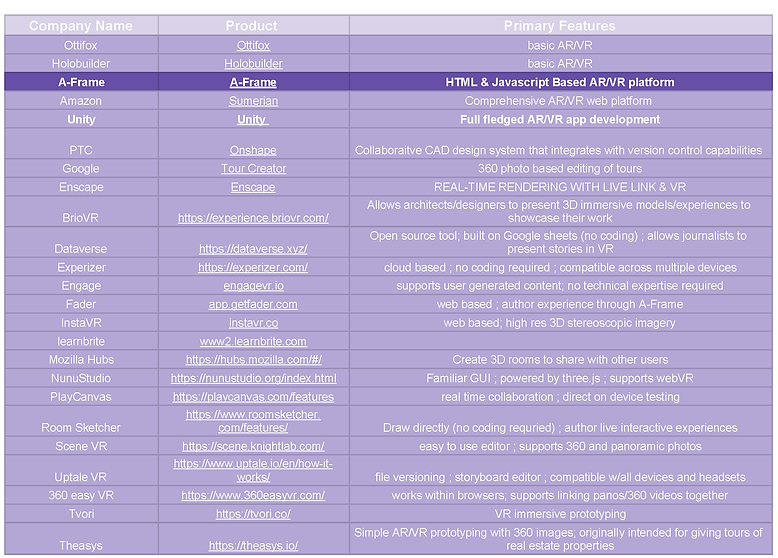
IDEATION

Pre-action: upload their resumes
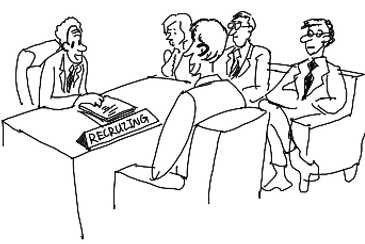
Have the interview in the ‘recruiting’ room

Meet secretary in the waiting room

Answer interview questions
PROTOTYPE
We designed the VR Interview Conquerer to provide the users with an immersive experience to practice their interviews effectively. We intentionally made a worst-case scenario to help them overcome the fear.
Our prototype had the following considerations:
1) Real interview setting, including the physical environment and other surrounded candidates
2) Social interaction with the secretary
3) Unexpected interview questions from the recruiter
Scenario 1: Waiting Room
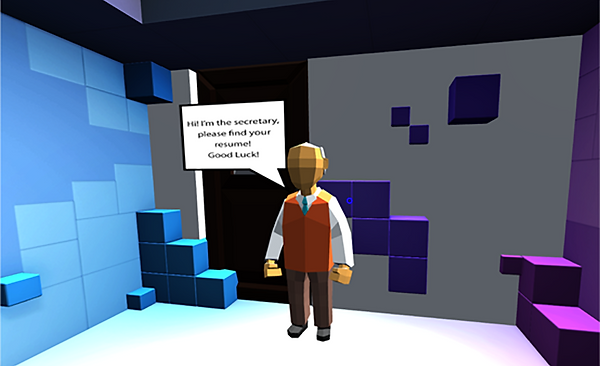
Key Interaction:
Meet with the secretary
Click on the dialog
Why we made this:
We intentionally let users wait in the waiting room for a while to increase the nerves
Key Interaction:
Flip over resumes and select their own one
Why we made this:
We intentionally let users review other candidates' resumes to give them more peer pressure
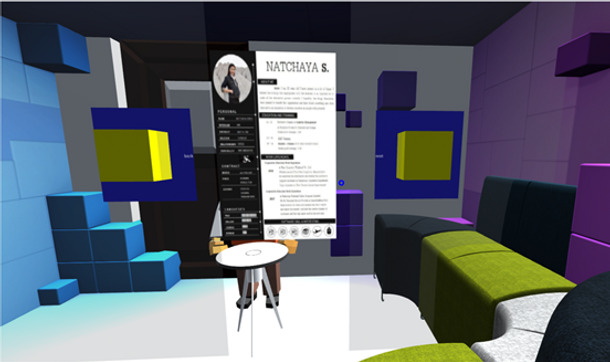

Key Interaction:
Open the door
Enter a separate recruiting room
Why we made this:
Open the door to enter a separate space for the interview can give users more sense of ceremony for the recruiting process
Scenario 2: Recruiting Room

Key Interaction:
Sit on the chair, surrounded by other candidates
Why we made this:
The setting of other candidates presenting in the same room can give users more direct pressure from competitors
Key Interaction:
Answer the unexpected questions generated by the system, which are based on each user's specific application situations
Why we made this:
Enrich the interactions between users and recruiters
Add customizability to our product to fit each user's specific needs
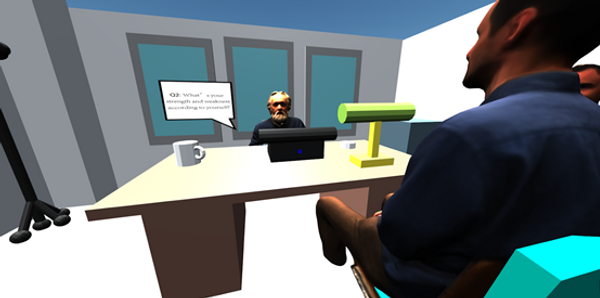
Final Solution
We wanted to mimic the reality as much as possible while giving the users the worst-case scenario so that the rest of the real interview cases wouldn't be an issue for them anymore. Bearing in mind this design goal, we finished our digital prototype by using A-Frame as our prototyping tool

Reflection
Ethical Issue
Going through, practicing, and rehearsing the interview process may have advantages on job seeking/interviewing, but it does not really improve the candidates' skills and qualifications. To some extent, candidates may not be good enough to know how to pretend to be good enough because they were trained to answer questions fluently and confidently.
What I learned
VR Interaction design is designing in the space
Compared to 2D UX design, 3D VR interaction design incorporate the z-axis, which naturally gives users a more immersive experience. At the same time, it brings more considerations for designers to create the interactions in space.
The prototyping tool is critical for VR interaction design
VR prototyping tools are not as intuitive as traditional UX prototype tools and also need more coding skills. As designers, we need to catch up with the development of VR prototype tools and be familiar with the functionalities and scope of each.